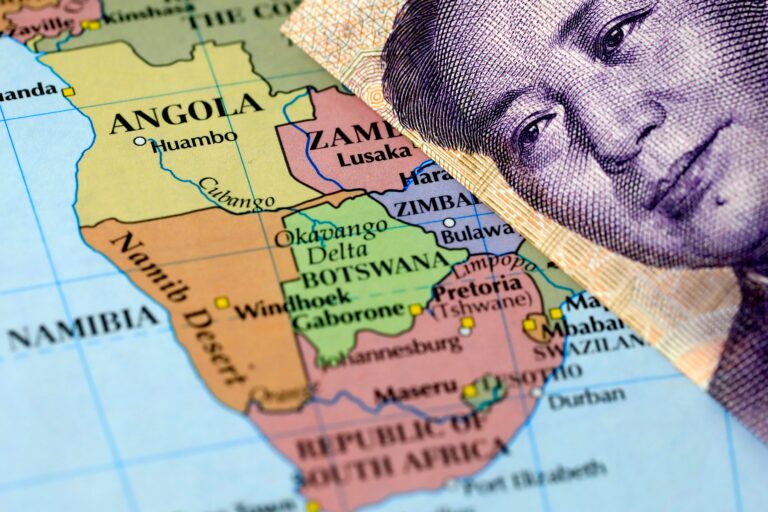China is seeking great power status and is significantly expanding its global influence. The outbreak of the COVID-19 has underlined the country’s centrality in globalized economic and trade relationships. In this context China will continue to use hybrid threats as force multipliers and coercion tactics to compensate for difficulties the country has been facing as well as to balance under-performing policies and strategies.
The newest Hybrid CoE Trend Report looks at China’s strategic emergence in global affairs by highlighting three interrelated trends which inform the rationale and main determinants of China’s conduct of hybrid threat activity and strategic policy. The Trend Report, which bases on the Hybrid CoE’s China Expert Pool’s meetings underlines that
1) China increasingly asserts its power in areas not strictly economic through a spillover effect;
2)Economic statecraft is the primary practice through which China seeks to advance its strategic interests, and
3) Regime preservation remains the chief purpose of Chinese geostrategic statecraft.
The future direction of China, under increased economic and institutional pressure both domestically and internationally, means that the use of hybrid threats in its modes of power projection are likely to intensify. China deploys a combination of means to secure its influence and control over critical sources of economic growth. The use of ambiguous and ubiquitous modes of operation by China to create confusion to obfuscate meaningful responses will continue to structure the country’s pattern of projection of power.


 Hybrid CoE Strategic Analysis
Hybrid CoE Strategic Analysis 




